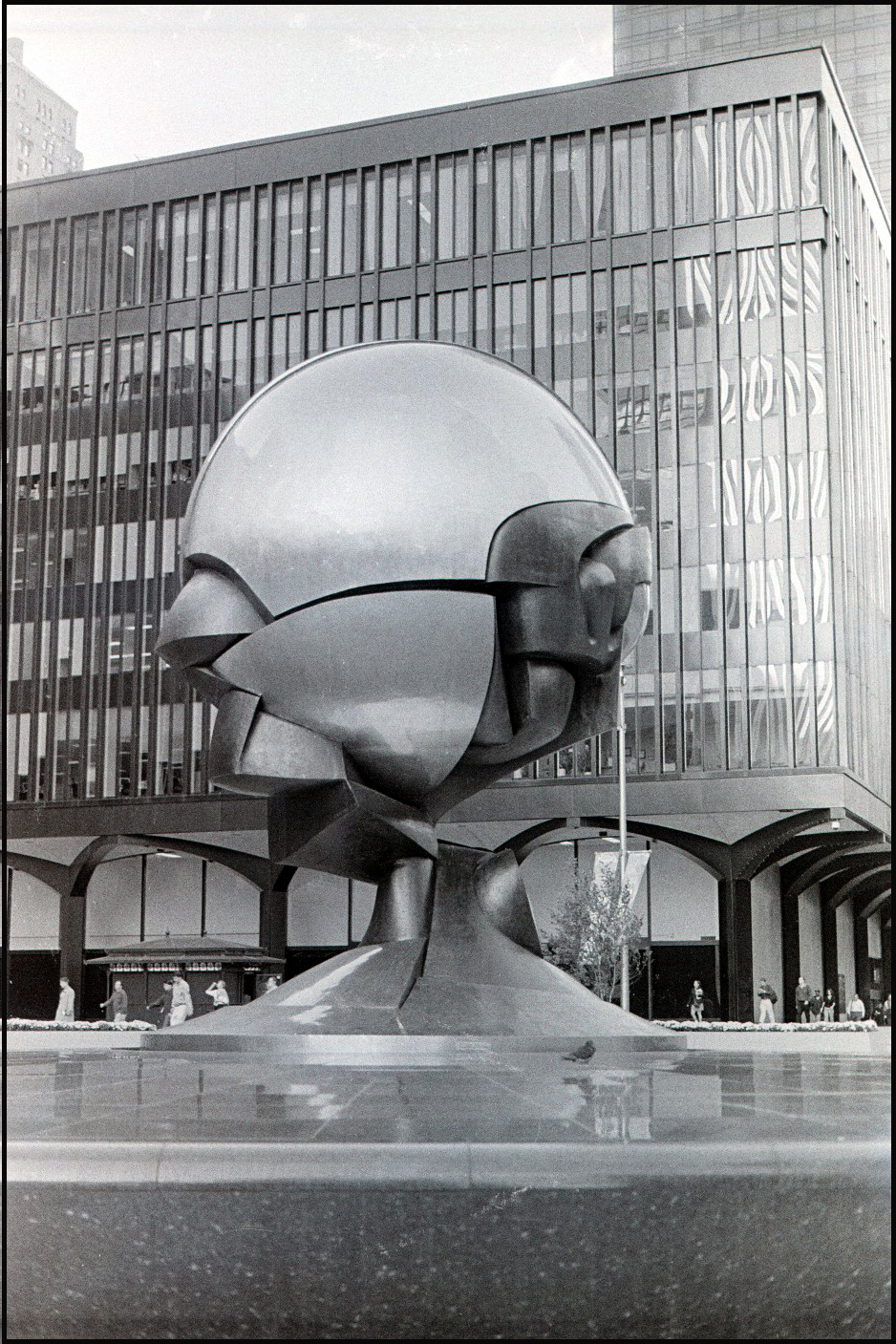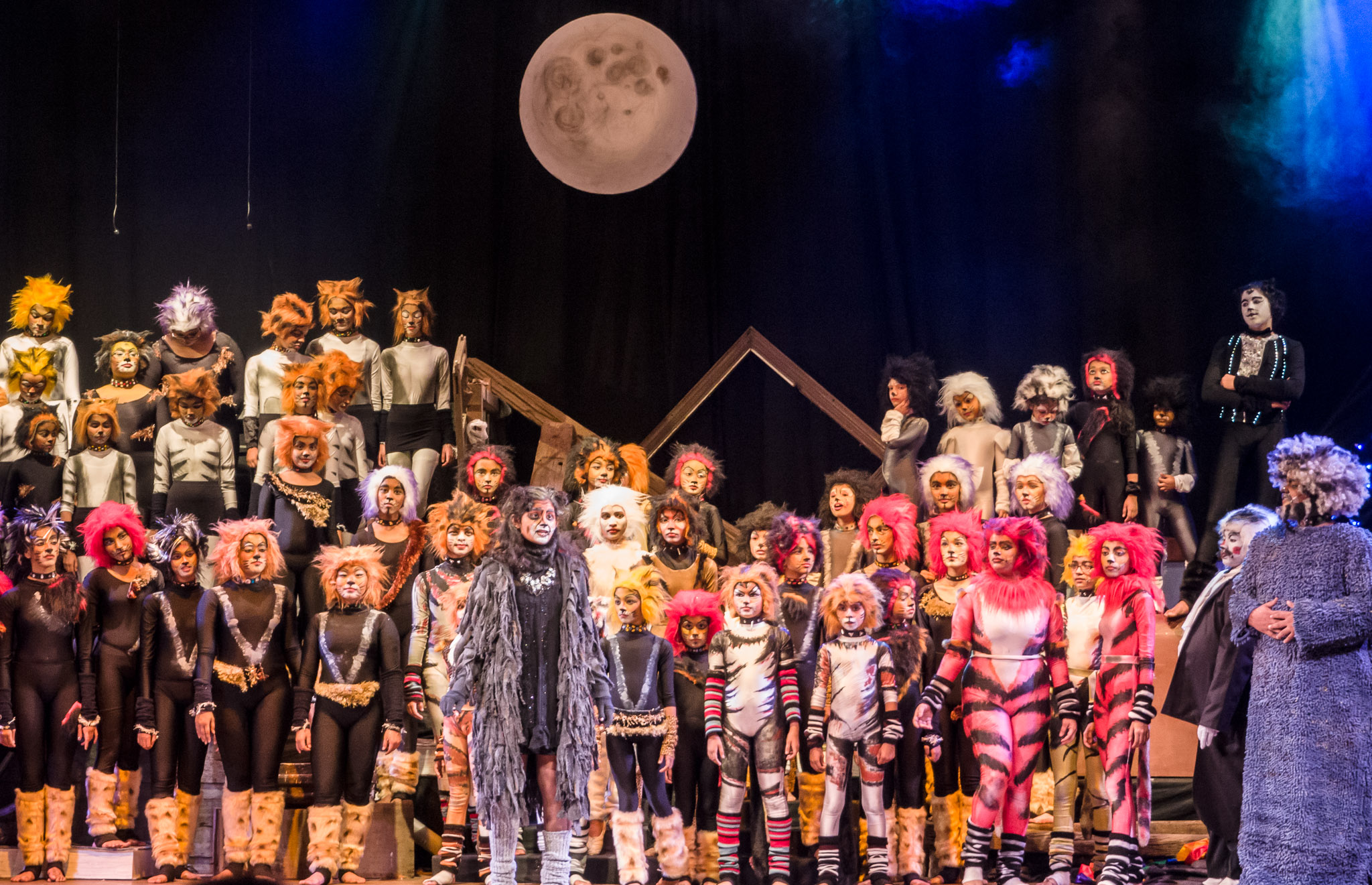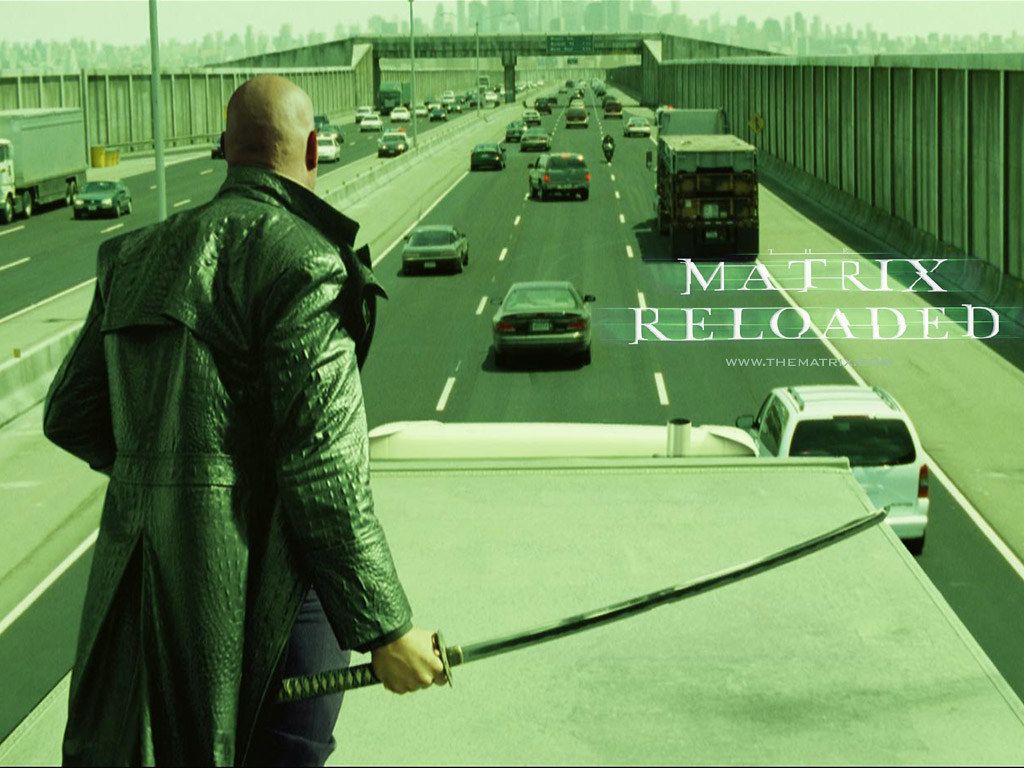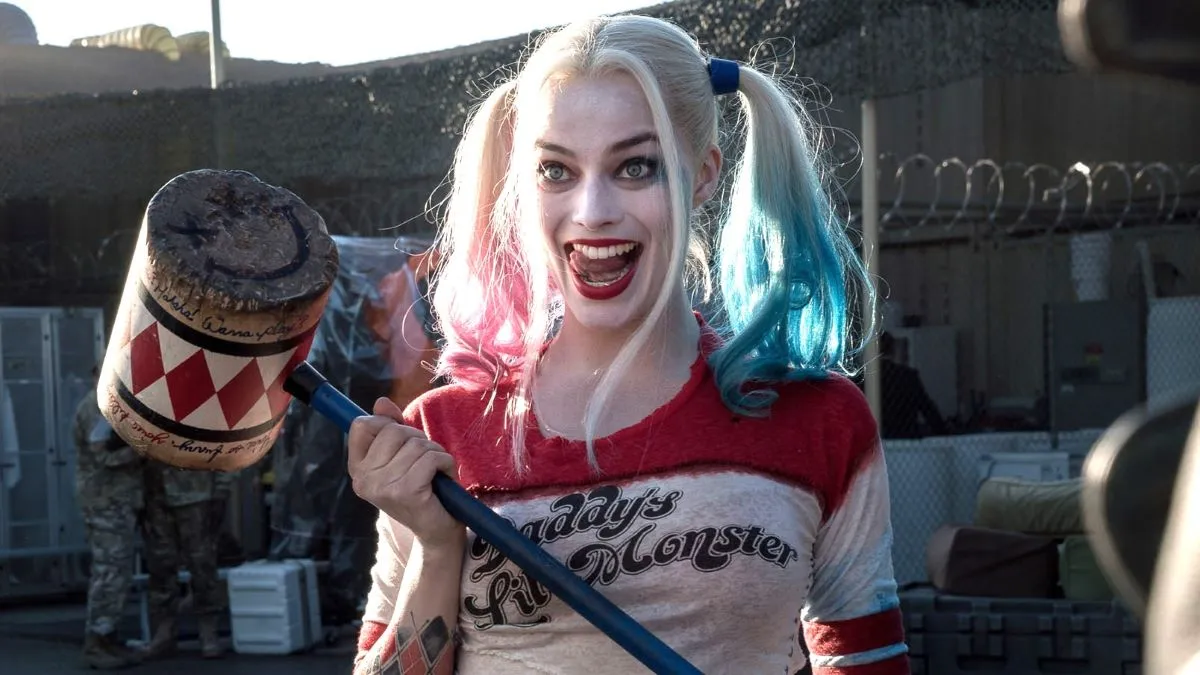
In the sprawling, often chaotic universe of cinematic production, where vision, finance, and technical prowess collide, the ultimate goal is always to deliver a polished, complete narrative to eager audiences. Moviegoers, whether settling into a plush theater seat or streaming from the comfort of their couch, inherently expect a finished product – a meticulously crafted world that allows for seamless immersion and storytelling. However, the glamorous facade of Hollywood often conceals a turbulent reality, where films can, and sometimes do, emerge into the public sphere in an undeniably incomplete state.
These aren’t merely films plagued by poor writing, questionable acting, or misguided direction – though those issues can certainly compound the problem. Instead, we are talking about productions that, through various misfortunes, were fundamentally released with glaring gaps, technical deficiencies, or narrative resolutions that were never fully realized. It’s a particularly frustrating experience for viewers, who are left to piece together the remnants of a vision that was, for all intents and purposes, still on the cutting room floor when it debuted.
The myriad pressures contributing to such premature releases are diverse: relentless studio deadlines, unforeseen financial collapses, the tragic loss of key personnel, or simply an inability to master ambitious technical demands. Whatever the catalyst, the result is always a stark reminder of the fragility of filmmaking and the compromises that can occur when the business side of cinema overpowers the art. Join us as we pull back the curtain on some of the most infamous examples, examining the behind-the-scenes turmoil that led to these truly unfinished movies making their way to the silver screen.

1. **The Mummy Returns (2001)**Back in 2001, the world watched with bated breath as Dwayne “The Rock” Johnson, a titan of professional wrestling, attempted a crossover into the highly competitive arena of mainstream Hollywood. His significant big-screen debut in “The Mummy Returns” as the formidable Scorpion King was a crucial test, a moment meant to launch a new star. Yet, despite the film’s overall blockbuster status, one particular aspect of his performance became notoriously infamous, threatening to derail his nascent acting career before it truly began: the universally derided CGI work on his character in the movie’s climactic sequence.
The digital rendering of the Scorpion King in its final form was, by many accounts, laughably unconvincing, presenting a version of Johnson that was “barely recognisable” and visually jarring against the backdrop of an otherwise action-packed adventure. This egregious visual misstep was not just a minor flaw; it was a glaring sign of an unfinished post-production process, a sequence that clearly needed more time, budget, or perhaps a completely different approach to special effects. In a film that heavily relied on fantastical elements and impressive visuals, this particular failure stood out as an undeniable testament to rushing a product to market.
While the film as a whole managed to find its audience, largely thanks to the dependable performances of Brendan Fraser and the rest of the ensemble cast who “pick[ed] up the slack,” the CGI Scorpion King remained an enduring black mark. It cemented “The Mummy Returns” as a prime example of a blockbuster pushed out the door despite a major visual effect not being ready. Fortunately for Johnson, a slew of “other features released close enough to The Mummy Returns” provided the necessary momentum to “build up some steam for [his] acting career,” saving him from what was very nearly a “one-and-done” theatrical run. This particular movie, however, continues to serve as a fascinating case study in how a single, unpolished element can define a film’s legacy in discussions of incomplete productions.
Read more about: The Curse of the Sequel: Why These Iconic Movie Franchises Crumbled Under the Weight of Ambition and Greed

2. **Mortal Kombat Annihilation (1997)**Following the surprising success and cult status of the initial big-screen adaptation, fans of the “Mortal Kombat” video game franchise eagerly awaited its sequel. However, “Mortal Kombat Annihilation,” released in 1997, delivered a cinematic experience that fell dramatically short of expectations, largely due to its notoriously unfinished visual effects. It was such a monumental disappointment that the fanbase had to wait “over two decades after the failure of this film” before a subsequent, “R-rated reward” of a reboot finally managed to satisfy their desire for a faithful and polished adaptation.
The primary culprit behind “Annihilation’s” critical lashing was the undeniable lack of polish in its special effects, a crucial element for a franchise built on fantastical martial arts and supernatural powers. Lawrence Kasanoff, the film’s producer, made a revealing admission in Luke Owens’ 2017 book, “Lights, Camera, Game Over!: How Video Game Movies Get Made,” confirming unequivocally that “the film’s effects were unfinished.” This candid acknowledgment validates what countless viewers observed: the visual spectacle was not ready for its big-screen debut. The production was constrained by a relentless schedule, resulting in “the final product receiv[ing] a rushed release in order to meet a planned date, rather than allowing for a completed creative vision.”
This unfortunate prioritization of deadlines over artistic integrity meant that a core component of the “Mortal Kombat” experience—its flashy, over-the-top combat and fantastical creatures—was severely compromised. While the film has garnered “some latter-day appreciation from the so bad it’s good crowd,” a segment of viewers who find enjoyment in its unintentional hilarity, this doesn’t excuse its fundamental shortcomings. “Annihilation” is undeniably “a textbook example of an IP receiving little-to-no attention from its production company” in terms of ensuring a thoroughly finished and coherent visual presentation. It stands as a stark warning about the pitfalls of creative compromises made under the duress of a ticking clock.

3. **Wagons East (1994)**”Wagons East” occupies a somber and unique space in the history of unfinished films, primarily because it marks the tragic final performance of the universally beloved comedic icon, John Candy. The world collectively mourns the loss of this “all-time-great cinematic funny man,” and it remains a poignant regret that “Wagons East wasn’t his final effort,” given its unfortunate critical reception. His sudden and heartbreaking death during the film’s production threw the entire project into disarray, forcing the filmmakers to embark on an arduous and visibly imperfect journey to complete it.
The challenge of finishing a film after the unexpected loss of its lead star is immense, and in the case of “Wagons East,” “the final print utilized a number of creative patches to hold the entire thing together for release.” These “creative patches” were not subtle; they involved a variety of filmmaking techniques designed to obscure Candy’s absence and complete his character’s arc. Audiences were met with “reused shots of Candy,” clever but often transparent “script rewrites” to navigate his scenes, and the controversial deployment of “body-double and CGI stand-ins for when Candy absolutely needed to be on screen.” These desperate measures, while understandable given the circumstances, ultimately detracted from the film’s coherence and quality.
The question of “whether or not Wagons East might have succeeded if Candy had lived to see the production through to the end” is a persistent and melancholic “what if” that forever hangs over the film. As it was ultimately released, the movie is largely remembered as a bittersweet footnote, an unfortunate conclusion to an otherwise brilliant career, prompting many fans to suggest they’d “just watch Uncle Buck instead.” This film serves as a profoundly moving and cautionary tale, highlighting how real-world tragedy can lead to a production being forced to release an inherently unfinished work, patched together out of necessity rather than guided by a complete artistic vision.
Continuing our deep dive into the cinematic graveyard of films that barely made it to the finish line, we uncover even more egregious examples of productions released in a state that can only be described as profoundly incomplete. These aren’t just minor missteps; they are stark reminders of the volatile nature of filmmaking, where ambition clashes with harsh realities, leading to some truly unforgettable (for all the wrong reasons) theatrical experiences. Prepare to witness another five instances where audiences were presented with a movie still very much under construction.
Read more about: The Unseen Burdens: What John Candy’s Final Year Was Truly Like Behind the Laughter

4. **Grizzly II: Revenge (1983/2020)**Emerging from the depths of cinema history, ‘Grizzly II: Revenge’ is a film with a backstory almost as wild as the animal at its core. Shot back in 1983 by director André Szöts, this intended sequel to the 1976 exploitation cult classic ‘Grizzly’ was trapped in development hell for decades. The original footage, shrouded in mystery, raised questions about whether it could ever have truly matched the bizarre charm of its predecessor, leaving us with only fragmented glimpses of its unpolished potential.
For nearly forty years, the film existed primarily as a legend among lost media enthusiasts and a cautionary tale within the industry. The initial production was plagued by severe issues, with co-producer Suzanne C. Nagy finding herself abandoned by her original investor, a critical blow that halted progress. This financial vacuum meant the ambitious vision for a sequel to a cult hit was left languishing, an unfulfilled promise.
Perhaps the most astonishing aspect of ‘Grizzly II: Revenge’ is the unforeseen star power that briefly graced its original 1983 footage. Before they became household names, a young Charlie Sheen, Laura Dern, and George Clooney all made early-career appearances in the film. While their roles were brief, their presence in the long-lost workprint adds another layer of intrigue to a production that seemed destined for obscurity.
When a reworked version of the workprint finally surfaced and was discreetly distributed almost four decades later, the end results were telling. It felt less like a triumphant resurrection and more like a “desperate attempt to have something to show for all of this production hell.” The film stands as a poignant example of a movie that, despite containing glimpses of future talent and a cult lineage, was condemned to a fate of incompleteness, forever marked by its turbulent genesis and a release that felt like an afterthought.

5. **Sphere (1998)**Michael Crichton’s works have always been fertile ground for cinematic adaptations, yielding both critical darlings like ‘Jurassic Park’ and less celebrated entries such as ‘The Andromeda Strain.’ Among these, ‘Sphere’ holds a unique position as a film that, despite its pedigree, felt significantly rushed and unfinished upon its release. It’s a prime example of a promising concept marred by production woes and a desperate dash to the finish line.
A significant portion of ‘Sphere’s’ hefty production budget was reportedly “eaten up by a lot of underwater photography,” an ambitious technical undertaking for its time. While visually striking, these elaborate sequences likely consumed vital resources and time, adding immense pressure to an already complex shoot. The technical demands of bringing Crichton’s undersea psychological thriller to life proved to be a formidable challenge for director Barry Levinson and his team.
The film was initially slated for a December 12, 1997, release, a prime holiday slot often reserved for prestige pictures. However, poor test screenings forced Warner Bros. to push its debut back to February the following year. This delay, while offering a reprieve, was not enough. A mere month before its revised release date, director Levinson undertook last-minute reshoots, a clear indication of ongoing issues and a scramble to improve audience perception.
Ultimately, these efforts were insufficient to rescue the film from its inherent problems. ‘Sphere’ arrived in theaters still “rushed and unfinished,” leaving audiences with a sense of dissatisfaction. It quickly became known as “a case of what could have been,” a grand sci-fi mystery that failed to fully realize its potential due to a production cycle seemingly plagued by an inadequate budget allocation and an inability to fully polish the final product.
Read more about: Ahead of Their Time: 14 Cinematic Gems That The Box Office Ignored But Are Now Legendary

6. **The Devil Inside (2012)**In the realm of horror cinema, a compelling ending is often the linchpin that elevates a good film to a great one. Conversely, a terrible ending can utterly derail a movie, leaving audiences feeling cheated and infuriated. ‘The Devil Inside’ falls firmly into the latter category, infamous for delivering “one of the most infamous insults to audiences in cinematic history” through its singularly frustrating conclusion.
The film, a found-footage possession tale, builds tension throughout its runtime, only to culminate in an abrupt car crash. As if that wasn’t jarring enough, the narrative then completely abandons its cinematic responsibilities, directing viewers to a website for further information. This unprecedented creative choice infuriated audiences, leading to its routine placement atop lists of movies with the worst endings. Many felt the creators had abdicated their duty to provide a satisfying, self-contained story.
Surprisingly, the screenwriters of ‘The Devil Inside’ staunchly defended their controversial decision, arguing for the artistic integrity of their unique conclusion. While their commitment to their vision is notable, it unfortunately “doesn’t negate the fact that this flick… was essentially released without an ending.” For a genre that thrives on catharsis and definitive resolutions, leaving the audience to external resources for closure proved to be a critical misjudgment.
Adding to the audience’s frustration was the film’s brevity, “barely run[ning] 83 minutes.” This short runtime further highlighted the perceived incompleteness of its narrative, intensifying the feeling that the ending was a hasty cut-off rather than a deliberate artistic statement. ‘The Devil Inside’ remains a powerful testament to how a flawed final act can forever define a film’s legacy, cementing its status as an “unfinished” cinematic experience in the minds of many.
Read more about: Popular Films That Will Make You Shout ‘Wait, That’s It’ After Their Truly Terrible Endings

7. **A Sound of Thunder (2005)**Ray Bradbury’s literary legacy is vast, with many of his visionary stories gracing the silver screen. However, not all adaptations are created equal, and 2005’s ‘A Sound of Thunder’ stands as a particularly ill-fated entry. This time-travel adventure is widely regarded as a film that “movie fans will likely want to forget,” and indeed, most of those involved probably feel the same about this “doomed production.”
The ambitious nature of Bradbury’s narrative—a complex time-travel scenario with potentially catastrophic butterfly effects—demanded a substantial budget. The film’s original allocation of $55 million was almost certainly insufficient to bring such a grand vision to life, and even a revised budget of $80 million “wasn’t much better.” This chronic underfunding set the stage for a production struggling to meet its creative and technical demands, particularly concerning its visual effects.
The woes compounded when Franchise Pictures, the company behind ‘A Sound of Thunder,’ tragically “went under during post-production.” This collapse during a crucial phase of filmmaking proved to be a death knell for the film’s chances of achieving visual polish. Without the necessary financial and logistical support, the special effects remained in a raw, incomplete state, making their way to theaters in a visibly unrefined condition.
As a direct consequence of these compounded misfortunes, the “end product went out with unfinished effects,” a glaring flaw for a sci-fi blockbuster. This left audiences with a disappointing and visually jarring experience, transforming what “could have been a worthy addition to Bradbury’s cinematic legacy” into a cautionary tale. ‘A Sound of Thunder’ thus serves as a stark reminder of how financial instability and a lack of proper post-production can undermine even the most esteemed source material.
Read more about: Beyond the 911: 10 Thrilling Sports Cars That Deliver Porsche-Level Performance for Less

8. **Cats (2019)**Few films in recent memory have captured the collective bewilderment and critical disdain quite like Tom Hooper’s 2019 adaptation of ‘Cats.’ It rapidly ascended to infamy as “one of the most notable box office disasters of this last decade,” becoming an undeniable “embarrassment for nearly everybody involved.” From its very first trailer, it was clear that something was profoundly amiss with this star-studded musical.
The central issue, and arguably the most glaring sign of its unfinished nature, revolved around its special effects. The film’s “WTF levels of bizarreness from the special effects” transcended mere technical glitches. Instead, they plunged audiences deep into the “uncanny valley of feline creepiness,” presenting humanoid-cat hybrids that were “downright unsettling cinema.” The visual choices were universally derided, creating an uncomfortable and often unintentionally hilarious viewing experience.
Recognizing the severe backlash, Universal took the unprecedented step of re-releasing ‘Cats’ with “attempt[s] to fix the unfinished CGI on the actors and backgrounds.” This move, practically unheard of for a major theatrical release, underscored just how raw and unpolished the initial version was. However, by that point, the damage was irreversible; “it was too late.” The critical consensus and public perception had already firmly cemented the film’s status as a “bomb.”
The attempted digital facelift couldn’t erase the initial impression, nor could it salvage the film’s commercial and critical fortunes. ‘Cats’ remains an enduring cultural touchstone for all the wrong reasons, a vivid example of how a fundamental failure in visual execution can doom a project, regardless of its source material or star power. It’s a “trainwreck” that audiences, for better or worse, will forever remember watching firsthand.
Read more about: 15 Terrible Movies People Endured From Start to Finish and Rated 1/10
From CGI monstrosities to directorial abandonments, and from tragic losses to studio collapses, these films offer a fascinating, albeit often painful, look behind the curtain of Hollywood. They serve as potent reminders that even with immense budgets and stellar talent, the path to a polished, completed movie is fraught with peril. Each of these ten examples stands as a testament to the myriad ways a cinematic vision can fracture, leaving audiences with the undeniable, and often frustrating, experience of watching an unfinished story unfold before their very eyes. It underscores that while the show must go on, sometimes, it really shouldn’t have been on in the first place without that crucial final touch.



